Basalt Fiber Fabrics
Basalt fabrics are produced for structural, electro technical and a specialized purposes.
General Description:
For structural uses, basalt fabrics are useful for producing structural basalt-plastics based on various thermosetting binders (for instance by laying out method). From these materials components automobiles, aircraft, ships and households appliances can be produced. In the case of preliminary metallization of the fabrics, the resulting basalt-plastic acquires shield properties against electromagnetic radiation. Also basalt fabrics can be used as basics when producing soft and rigid roofing. Basalt fabrics for electro technical purposes are used as a base for the production of insulation materials. These materials are employed in the production of substances for printed circuit boards for electronics and electrical engineering. These have superior properties to similar conventional components made of fiberglass. General-purpose fabrics are useful, for example in fire feltings for suppression of extremely complex fires resulting from ignition of highly flammable liquids, in particular gasoline. The employments of incombustible basalt fabric inserts in industrial ventilators increase their fire safety as well as the fire resistance of ventilating systems. The cost of basalt fabrics is considerable lower than that of similar materials. The non-combustible properties of basalt woven materials enable it to resist flames for long periods that make basalt tapes effective as an extra fine resistant insulation for electrical cables and underground ducts. Basalt-fabrics hoses may be useful for reinforcing cables, repairing the interior and exterior of tubes and pipelines. Most fabrics are made by weaving or knitting yarns together. Non-woven fabrics are made by bonding or felting fibers together. A fabric's appearance, properties and end-use can be affected by the way it was constructed.
Advanced Basalt Fiber Fabrics have specific proprieties and can be moulded with other fabrics to get the exact result you need in the process applications below: Click on process to know more about.
- Pultrusion
- Prepregs
- SMC and BMC
- Hand Lay Up
- Resin Transfer Molding
- Resin Film Interleave
- Vacuum Infusion
Plain Weave Fabrics
Plain woven fabrics are generally the least pliable, but they are also the most stable.
-
Description:
A plain weave is the most simple and most commonly used weave pattern. In this type of weave, the warp and filling threads cross alternately. Plain woven fabrics are generally the least pliable, but they are also the most stable.
Our Plain Weave nomenclature is FPL-#gsm, where F means Fabrics and PL plain weave. Following the hyphen we have the weight of the fabric in gram per square meter (g/m³ or sqm). Our plain fabrics are available in weights from 150 g/m³ to 800g/m³
-
The Weave:
In the plain weave each warp fibre passes alternately under and over each weft fibre. The fabric is symmetrical, with good stability and reasonable porosity. However, it is the most difficult of the weaves to drape, and the high level of fibre crimp imparts relatively low mechanical properties compared with the other weave styles. With large fibres (high Tex) this weave style gives excessive crimp and therefore it tends not to be used for very heavy fabrics.

As you can see in the Stitch Zoom, is easy to recognize the plain weave by the squares that are formed by the fabrics overlapping each other.
-
Stitch Zoom:


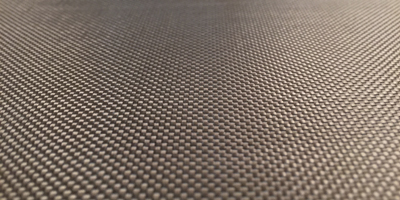
-
Download Data Sheet
Twill Weave Fabrics
Each end floats over at least two or more consecutive picks
-
Description:
A twill weave is a basic weave characterized by a diagonal rib, or twill line. Each end floats over at least two or more consecutive picks enabling a greater number of yarns per unit area than a plain weave, while not losing a great deal of fabric stability. This type of fabric looks different on one side than on the other.
Our Twill Weave nomenclature is FPL-#gsm, where F means Fabrics and TW twill weave. Following the hyphen we have the weight of the fabric in gram per square meter (g/m³ or sqm). Our twill fabrics are available in weights from 150 g/m³ to 370g/m³
-
The Weave:
In the twill weave each warp fiber passes alternately under and over each weft fiber. The fabric is symmetrical, with good stability and reasonable porosity. However, it is the most difficult of the weaves to drape, and the high level of fiber crimp imparts relatively low mechanical properties compared with the other weave styles. With large fibers (high Tex) this weave style gives excessive crimp and therefore it tends not to be used for very heavy fabrics.

As you can see in the Stitch Zoom, is easy to recognize the twill weave by the stairs that are formed by the fabrics overlapping each other.
-
Stitch Zoom:

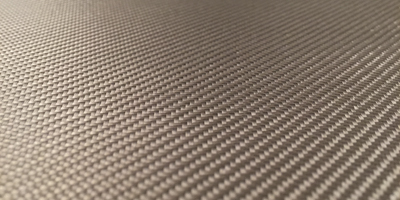
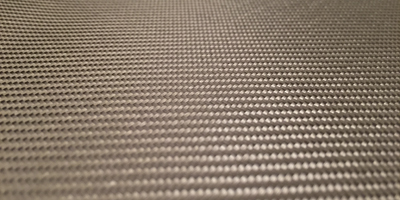
-
Download Data Sheet
Download Twill Weave FTW-220/270/370 Technical Data Sheet in .PDF: 
Download Twill Weave Material Safety Data Sheet - MSDS in .PDF: 
Download our Basalt Continuous Filaments Sizing List in .PDF: 
Multiaxial Product Group
Basfibertex high-performance multiaxial reinforcements are engineered fabrics consisting of one or more layers of unidirectional fibers. These layers are held in place by a non-structural stitching thread, which is generally a polyester yarn.
Basfibertex is a range of NCF (Non Crimped Fabrics) manufactured from Advanced Basalt Fiber.
Basfibertex Composites high-perfomance multiaxial reinforcements are engineered fabrics consisting of one or more layers of unidirectional fibers. These layers are held in place by a non-structural stitching thread, which is generally a polyester yarn.
Natural Reinforcement, Fire Resistance, High Stiffness, High Strength, and High Impact Properties.
The applications include the Marine, Wind Energy, Transportation, Recreational and Sporting Goods, Architecture and Construction Industries which create great value added products for customers.
The versatility of Basfibertex multiaxial fabrics extends to their varying weight (g/m2) and the ability to reinforce their properties through structure and material composition modifications. We understand that each company has its unique needs and requirements. Therefore, if you require customised solutions, please don’t hesitate to contact us.
Our team can assist you in determining the most suitable type of Engineered Basalt Fabric for your project.
MAIN CONSTRUCTION TYPES
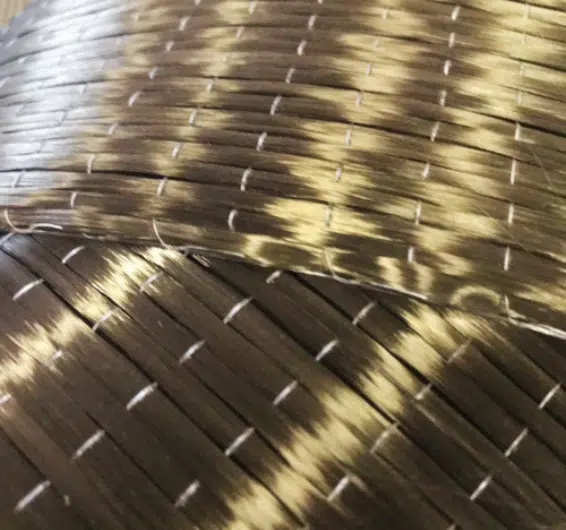
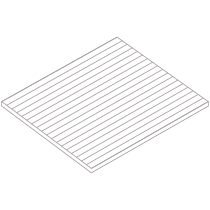
Single layer:
0°
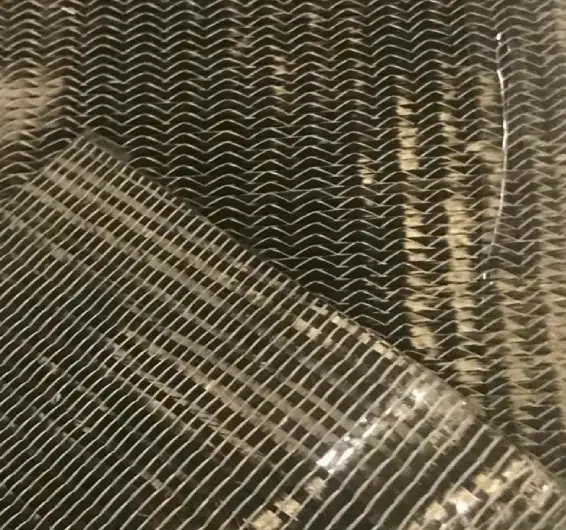

Two layers:
0°/90°
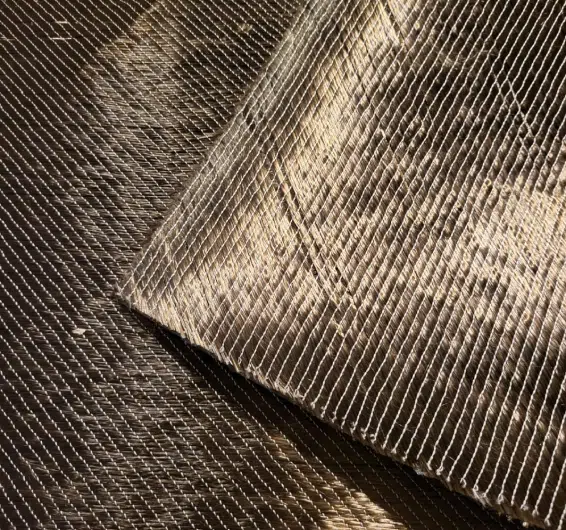
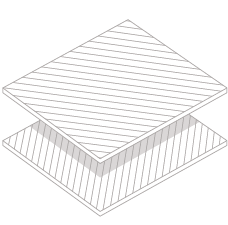
Two layers:
+45°- 45°
0°/90°
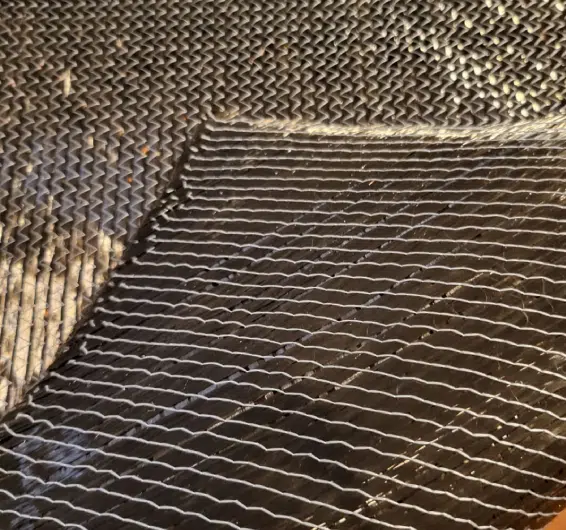
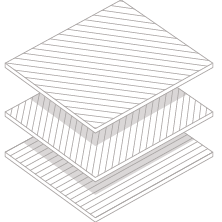
Three layers:
0°/+ 45°/- 45°
-45°/90°/+45°
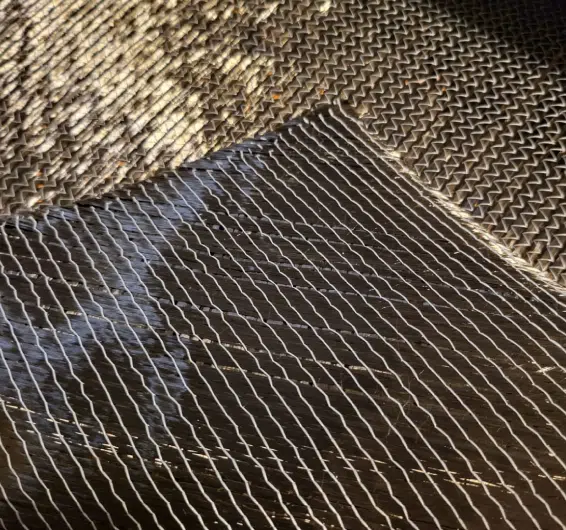
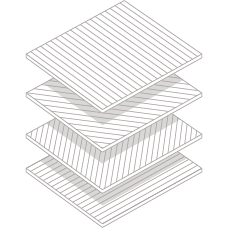
Four layers:
- 45°/90°/+ 45°/0°
Grammature of individual layer
100 – 1200 g/m2
Maximum width
200 – 2540 mm
Total grammature of all layers
300 – 2400 g/m2
It is known that basalt fibres manifest extraordinary properties in many directions. These include, in particular:
- high strength and high modulus of elasticity
- high heat resistance and usability in a wide temperature range excellent insulation properties thermal and acoustic, excellent chemical resistance against most alkalis, organic acids, inorganic acids, organic solvents, most of chemicals and other aggressive substances high electrical resistance and an ability to shield electromagnetic radiation
- resistance to contamination by radioactive radiation fire resistance and low content of exhaust gases.
In a number of properties, such as strength, modulus of elasticity, chemical and temperature resistance, basalt fibres significantly outperform glass fibres.
Basalt plain twill satin Fabrics are yarns or rovings manufactured to varying thickness, weight, weave pattern and weaving technique according to end-use requirements.
- Good adhesion characteristics for coatings
- Non-combustible and fire-resistant
- Excellent tensile strength
- Maintains integrity at temperatures up to 1800F/982C
- Resistant to electromagnetic radiation



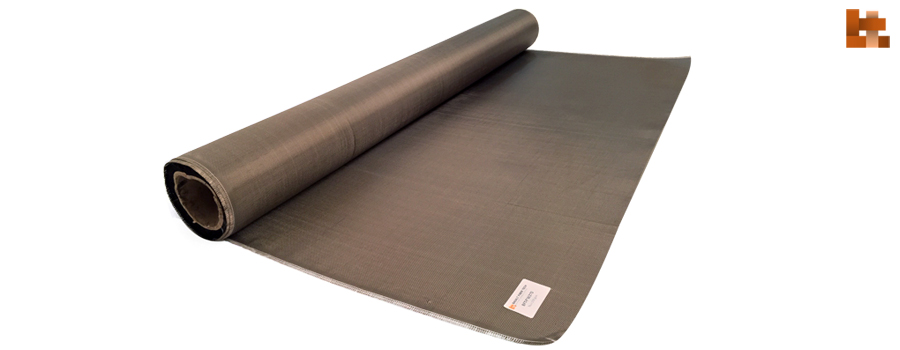
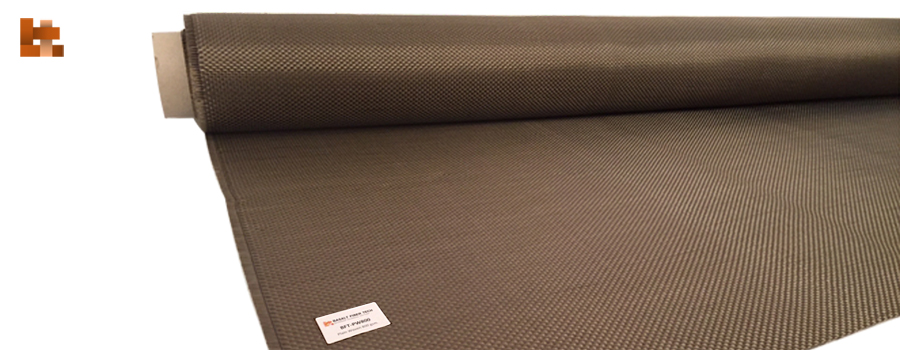



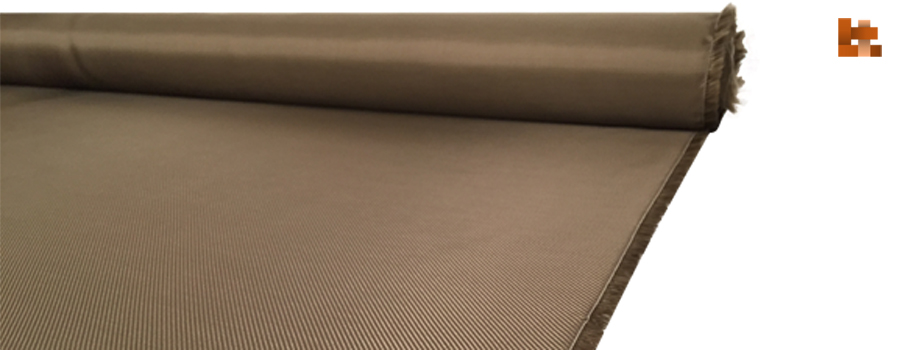

Contact Us